Mr Henderson's Railway, the line from Algeciras to Ronda, was built by British engineers in the 19th century. It is a great feat of British engineering.
By Nick Nutter | Updated 23 Sep 2022 | Cádiz | History |
Login to add to YOUR Favourites or Read Later
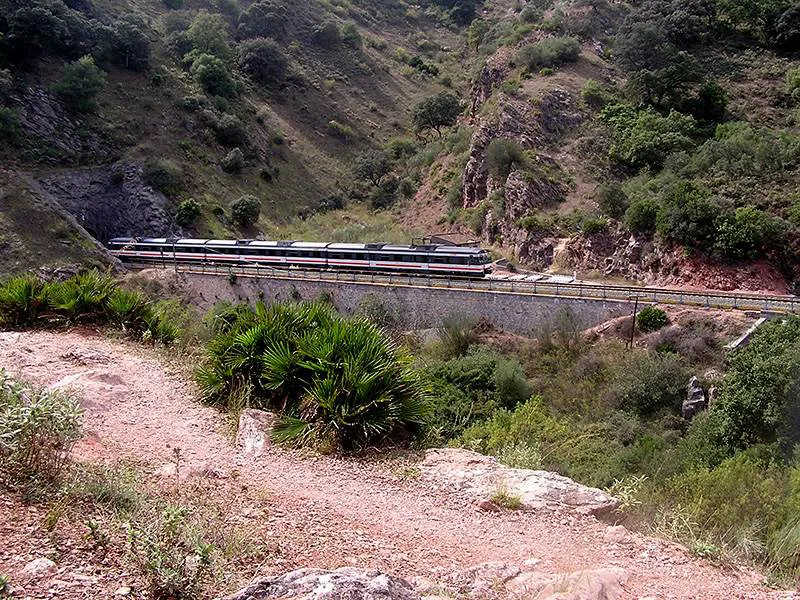
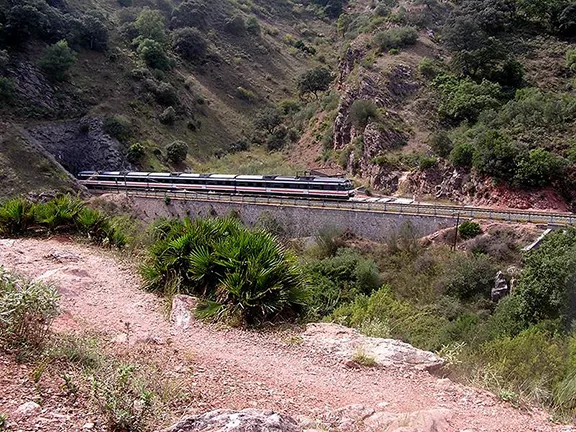
Train emerging from tunnel
In the late 19th Century British officers, garrisoned at Gibraltar, enjoyed the campo and travelled as far as Gaucin but the roads were narrow with potholes and craters and the carriages often had to navigate around boulders fallen on the road from the hillsides above. It took many hours, sometimes days, to even reach Gaucin. In 1890 a British engineer, John Morrison, with the backing of his friend, Sir Alexander Henderson, later Lord Faringdon, proposed a single-track rail line between Algeciras and Bobadilla where it would meet the mainline to Madrid. The pair had previously been responsible for building railways through atrocious country in South America so had little difficulty in Spain.
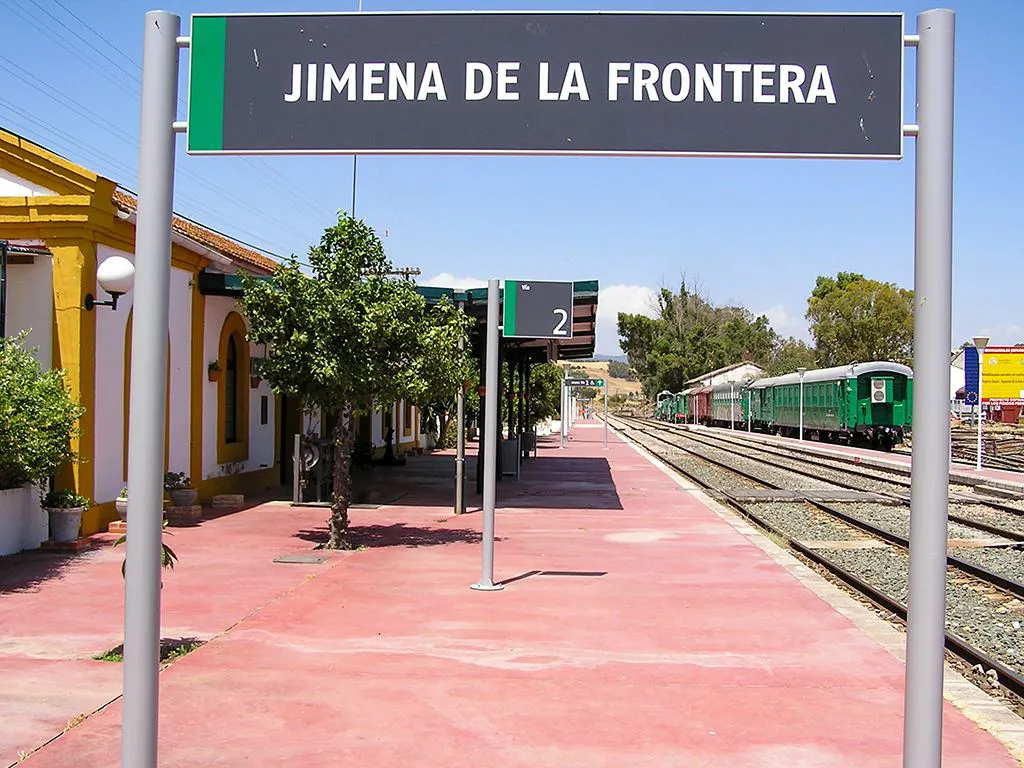
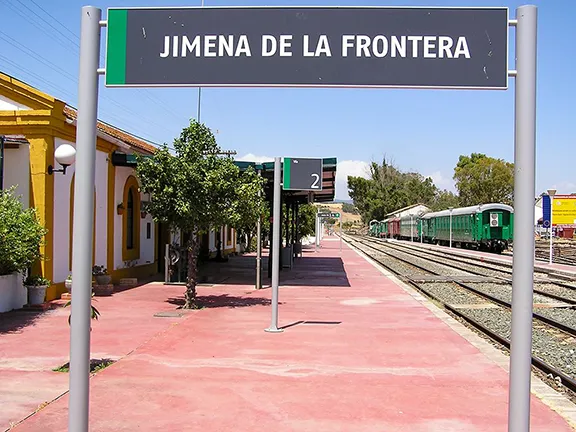
Estacion Jimena
The first section of the line, to Estacion Jimena, was opened on October 1890 and the second stretch, to Ronda, in November 1892. The company established to build and operate the line was the Algeciras (Gibraltar) Railway Company Ltd.
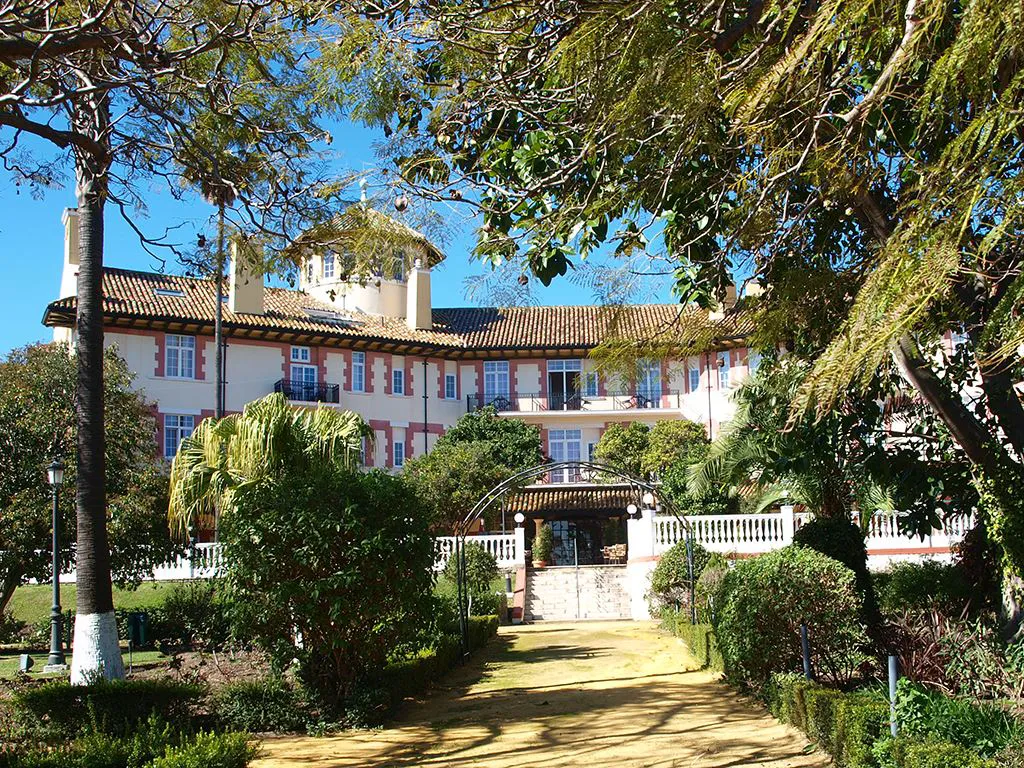
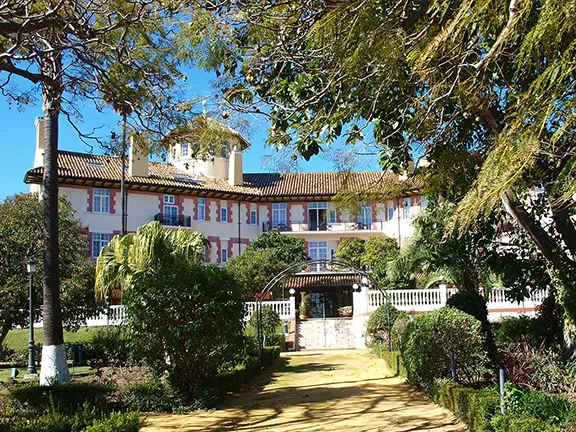
Reina Cristina Hotel
To cater for the gentlemen and their ladies Henderson also built two hotels the first being the Reina Cristina, at Algeciras. The architect, T.E. Colcutt, was nothing if not British and produced a baroque colonial haven of tranquillity that was typically English. Originally the hotel had magnificent views of the Rock and across to Africa. During the Second World War, it was popular with spies from both the Axis and Allied camps who spotted shipping in the Strait. Some even took sea view rooms on a long let and converted the bathrooms to dark rooms. In the 1890s the hotel was not only used by passengers on the new train line who would disembark from the small packet steamer from Gibraltar, it was also popular with those travelling on the P. & O. ships to India and the Far East who would disembark for the Saturday evening dances. In 1906 the Reina Victoria was built at the other end of the line in Ronda and today offers guests the same very English service and atmosphere enjoyed by the officers and ladies from Gibraltar a hundred years ago.
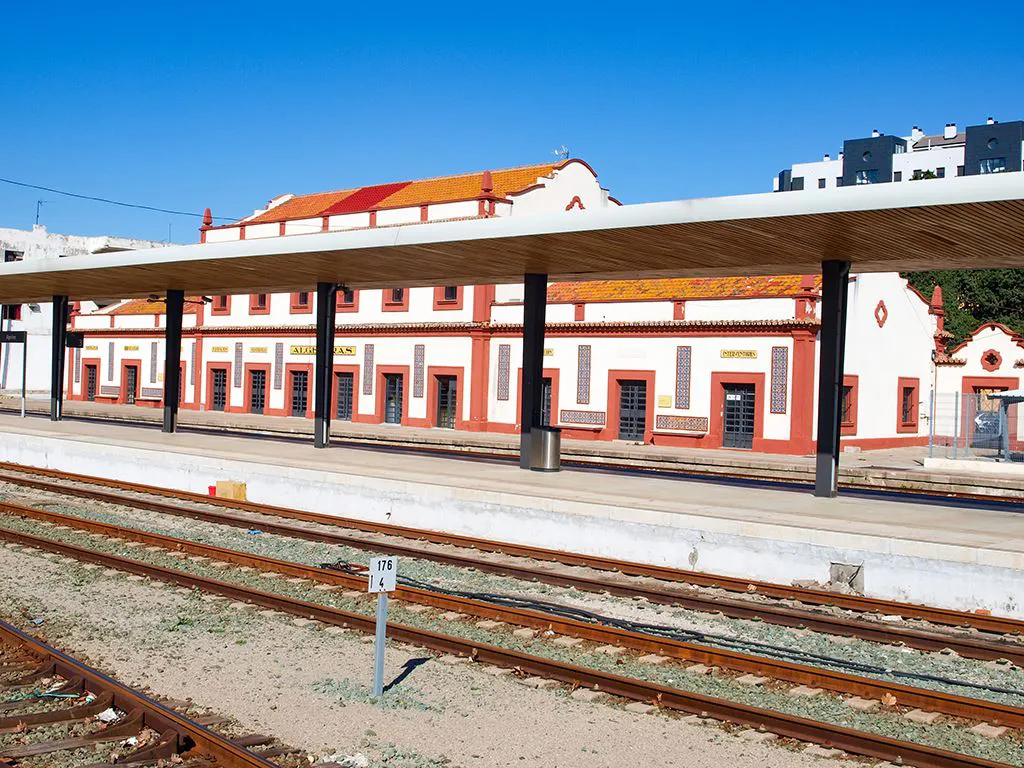
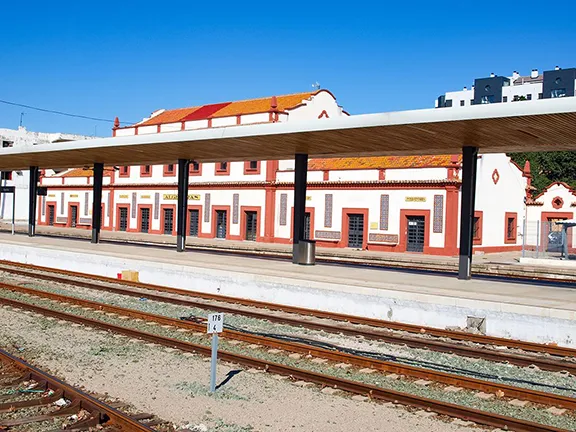
Station at Algeciras
Between Algeciras and Ronda there are eleven stations, all originally built to the same pattern. You would be forgiven for thinking that you had been transported to the set of The Railway Children at many of the single storey stations. An English station clock hangs beneath a fringed wooden canopy. Metal slatted seats stand outside the stationmaster's office. Some have a weighbridge for goods set into the platform, made in England of course. The original hand operated points and signals are still lovingly cared for. Most stations are well maintained, the platforms decorated with brilliantly coloured geraniums and petunias, the slatted fences painted annually. The stationmaster is also in charge of the points and level crossings so, after setting the necessary levers, he rapidly dons his uniform to await the arrival of the train. He is equipped with a red cap and carries a red flag and a whistle with which he signals the train driver to proceed. It's all very nostalgic.
Electronic signalling has also replaced the manual method of warning of oncoming trains. The method was simple and foolproof. As a train left each station the driver was given a hoop. He handed this to the next stationmaster who could then release any train standing in the spur line at his station and the hoop would travel back to its home station with that driver.
The original steam trains were replaced by diesel in the 1970s, a disappointment to steam buffs but a great increase in efficiency. When the rails were wet the old engines had trouble climbing some of the steep inclines and had to be preceded by a man throwing sand on the track, reducing the speed to a walking pace. The modern diesel trains spray sand automatically when they detect a lack of adhesion.
Secure in the knowledge that progress will be in a forward direction passengers can sit back and enjoy the spectacular scenery as the line follows the course of the Rio Guadiaro. You will notice that the towns and villages served by the stations are some way from the line and normally perched high above on their defensive ridges and buttresses. Estacion Gaucin, or Colmenar for instance, is 12 kilometres from Gaucin itself and Estacion Cortes serving Cortes de la Frontera is 5 kilometres away. After Estacion Jimera de LIbar, the line takes you through canyons and narrow valleys as it starts its climb up to Ronda, crossing and re-crossing the river. Just before Ronda, the line performs a hairpin bend to manage the last hill. It is a fantastic example of the best of 19th century, British, engineering.
For train prices and times, click here